Diabetes in cats is a common disease in older cats. The cat’s pancreas cannot produce enough insulin hormone to utilize glucose. There is an imbalance of carbohydrates in circulation, such as increased glucose in the blood, but the cells lack glucose. The cat suffers from severe weight loss, lack of appetite, vomiting, depression, severe dehydration, impaired motor function, coma, and death.
Importance of Diabetes in cats
Like a human body, the cells of a cat’s body require glucose for energy production. The insulin produced by the pancreas and circulated by blood helps the cell membrane insert glucose within the cells. If a cat is suffering from Diabetes Mellitus, there is a lack of insulin production. The glucose in the circulation cannot enter the cells. The cells lack glucose and cannot produce energy. There is an increased amount of glucose in circulation. The cat becomes weak and lazy and has severe weight loss, dehydration, and death.
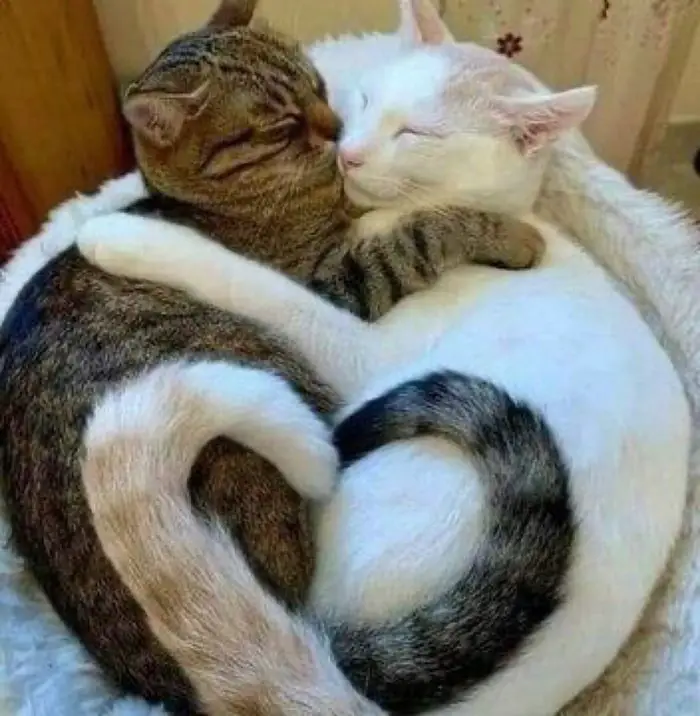
What Causes Diabetes in Cats?
There are many causes of feline diabetes:
- Diseases of the pancreas cause decreased production of insulin.
- Hyperthyroidism in cats.
- Liver diseases of cats.
- Kidney diseases in cats.
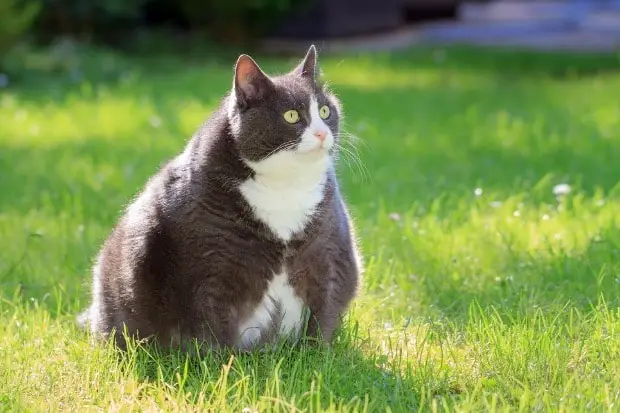
Risk Factors of Diabetes in Cats
The most common risk factors for feline diabetes are as follows:
- Obesity in cats.
- Decreased physical activity.
- Old age.
- Use of glucocorticoids (steroids) to treat diseases like asthma.
- Male cats.
- Castrated male cats.
- Some cat breeds, like Burmese cats, are more prone to diabetes than other breeds.
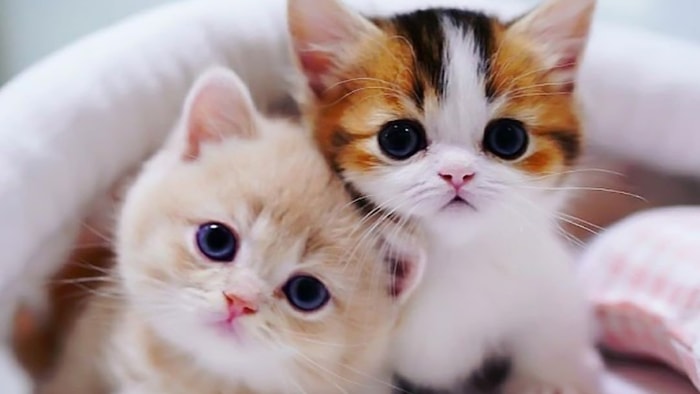
Clinical Signs of Feline Diabetes
The most common clinical signs of diabetes in cats are weight loss, frequent urination, and dehydration.
- The body cannot utilize glucose due to a lack of insulin. The cells use protein or fat to meet the body’s energy requirement. The breakdown of protein and fat causes weight loss and lethargy.
- The high glucose level in the blood increases the volume of urine as the glucose molecule absorbs more water in the renal tubules of the kidney. There is an increased volume of urine, frequent urination, glucose in the urine, and severe dehydration.
- In rare cases, severe diabetes causes damage to nerves in the hind limbs. The cats walk on their toes or hocks that may be curable after proper treatment.
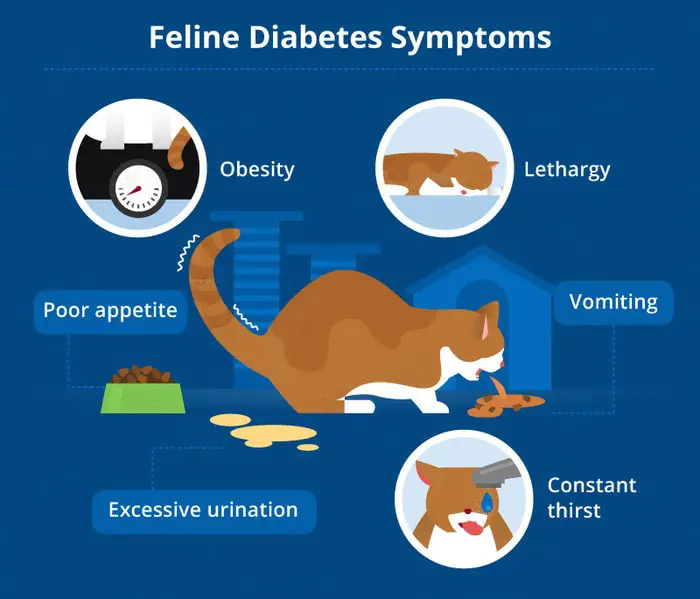
Diagnosis of Diabetes in Cats
The easiest methods of diagnosing feline diabetes are the history of the cat, clinical signs, and pathological tests of blood and urine.
- Presence of risk factors in your cat.
- Specific clinical signs like frequent urination, dehydration, progressive loss of weight, weakness, loss of appetite, and vomition.
- Determination of glucose in blood and urine.
- Few other tests to determine kidney diseases, pancreatitis, hypothyroidism in cats, etc.
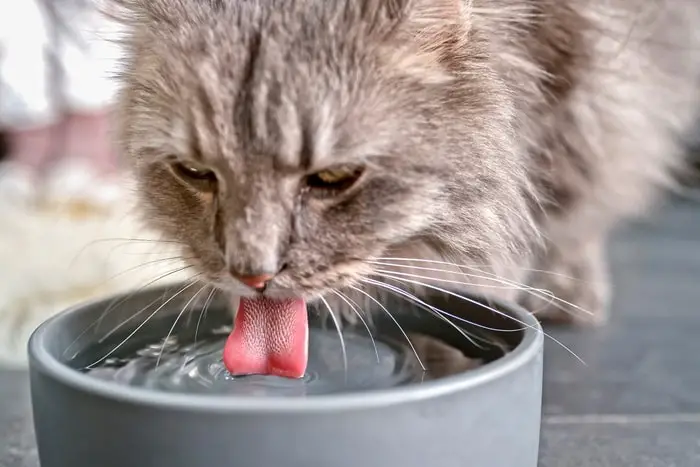
Treatment of Feline Diabetes
There are four thumb rules for treating diabetes in cats:
- Restoration of average blood glucose level (80-120 mg/dl or 4.4-4.6 mmol/L).
- You must control the weight loss of the cat.
- Reduce the signs of frequent urination and thrust.
- You must check for hypoglycemia during the treatment of diabetes.
Insulin therapy is the most common treatment method for treating diabetes in cats like humans. You can give insulin orally or by subcutaneous injection daily.
Dietary management is also top-rated and risk-free in treating diabetes. You can provide cat food low in carbohydrates that will help restore glucose in the blood.
The Prognosis for Feline Diabetes
Diabetes in cats can be cured by careful diet management and treatment with insulin. If the cause of diabetes is an infectious disease, you can treat the disease, and insulin production will be expected. A healthy lifestyle, regular exercise, reducing weight, and regular health check-ups by veterinarians will minimize the risk of diabetes.
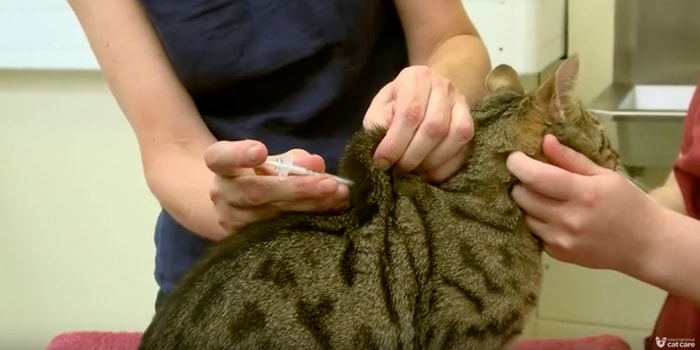
Concluding Remarks onDiabetes in Cats
Diabetes is a common disease in older cats. The disease is characterized by sudden weight loss of an obese cat, dehydration, lethargy, vomition, inappetence, coma, and death. You can diagnose the condition by history and clinical signs. The disease is treatable by reducing the risk facts, treating for underlying causes, and maintaining a healthy diet for cats. This article will help you prevent diabetes in your lovely cats and live a healthy life. Thank you for your happy reading.